|
Many towns in Saskatchewan were built because the rail line came through. This ghost town was one of those towns. I don't have much history on the town but I do know that a few houses remain and there is a sign for an old school so it was a community of sorts. Today it sites abandoned, known as Lyons Junction or Tichfield Junction.
0 Comments
Throwback to 2008, early in my exploring journey as I drove the backroads of Saskatchewan in search of abandoned buildings. I owned a crappy little camera and was all about documenting sites vs taking good photos. Now I care about both, and I own much better gear. I have no regrets though - a good majority of the places I visited are long since gone and the only record I have is my images. Even though they may not be the best, they still do tell a story...and that's the point right?
A ghost town where only the former school-turned community center remains. You can still see the remains of where the streets once were.
Many towns in Saskatchewan were formed because of the railway. The railway formed the community by establishing the railway, building grain elevators and stations. There are far more towns along railway lines than not. Today, many of the rail lines are gone but you can still find old maps with these rail lines and the old towns, we have a big one hanging on our wall.
Everyone loves a good multi-storey small town hotel right? Most small-town hotels are either gone or they are using the main floor for the bar and maybe renting out a few rooms. The upper floors of rooms are usually boarded up and the chances of seeing them is not very high. We have photographed multiple motels but never a hotel. This was exciting!
Ernfold school is a gorgeous multi-classroom brick schoolhouse in the small-town of Ernfold, Saskatchewan. It is privately owned and was recently for sale in 2022.
It does hold Canadian Historic Status, learn more about it HERE The Aldous house, also known as the "blue kitchen house" is a gorgeous 2 storey home built from cement blocks in rural Saskatchewan.
Robert Benjamin, son of Benjamin and Catherine Aldous, came west from Ontario in 1883. He spent some time working on the construction of the C.P.R railroad west from Brandon. He arrived in Wolseley and started to check out the area. He obtained entry for his homestead in august of 1883. Robert lived in a tent from April 1, 1884 until July of that year, when his log house was built. The winter of 1884 he spent in Regina, and in 1885 he married Hannah Elizabeth Morton. They were absent from the farm the following winter, when he operated an engine in a mill at Fort Qu'Appelle. R.B. Aldous operated a steam-powered engine for custom threshing and breaking of the sod in the surrounding area. Type: Railway Siding
Established:1908 Last known status: Abandoned Location: Saskatchewan Former CP Siding of Baring, Saskatchewan was established in 1908. It is unknown whether there was ever more to this siding than what can be seen today but I do know that there was a post office and it was closed in 1967. The siding today only has the elevator and an old community hall which is empty. Baring is so far out into a field that I have only been to it once but have driven by numerous times, always in the winter. |
Categories
All
AbandonedThe definition of "abandoned"
1. having been deserted or cast off. Similar: deserted, forsaken, cast aside/off, stranded, rejected, dumped, ditched, unused, disused, neglected, idle, unoccupied, uninhabited 2. unrestrained; uninhibited. About MeI have been exploring abandoned buildings all over Saskatchewan and beyond since 2007. Top Videos |
Rural + Urban Exploration on the Prairies. Saskatchewan Based.
|
© 2021 Vanished Compass
Exploring since 2007 |
Take only photographs
|


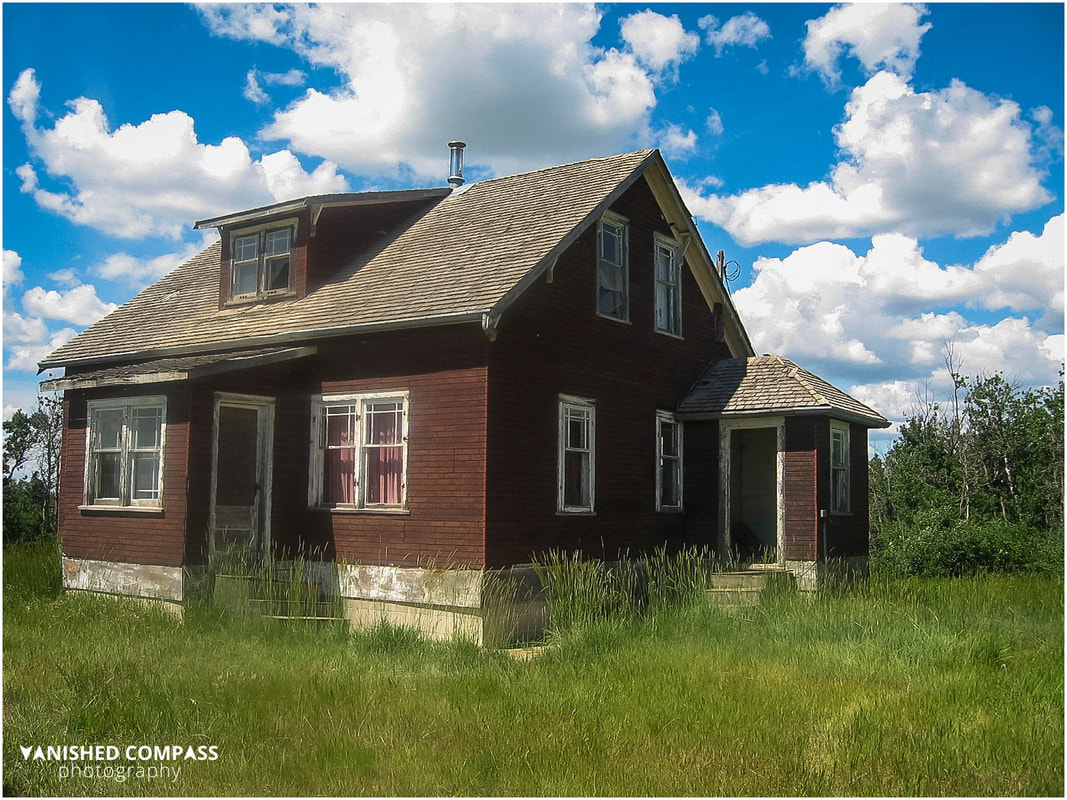
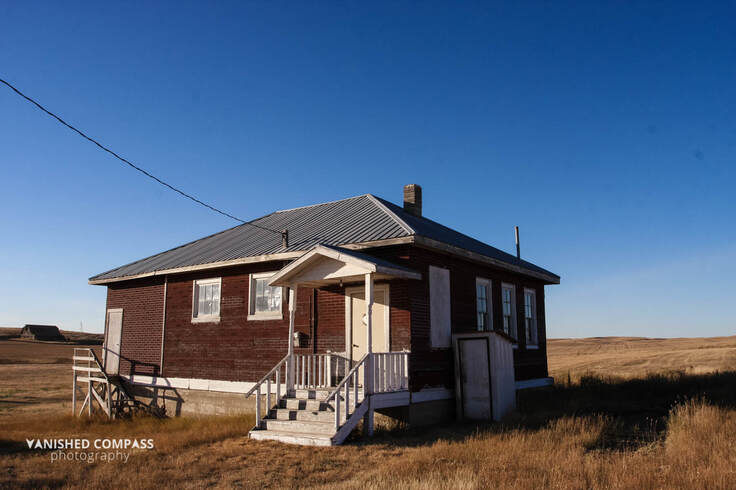
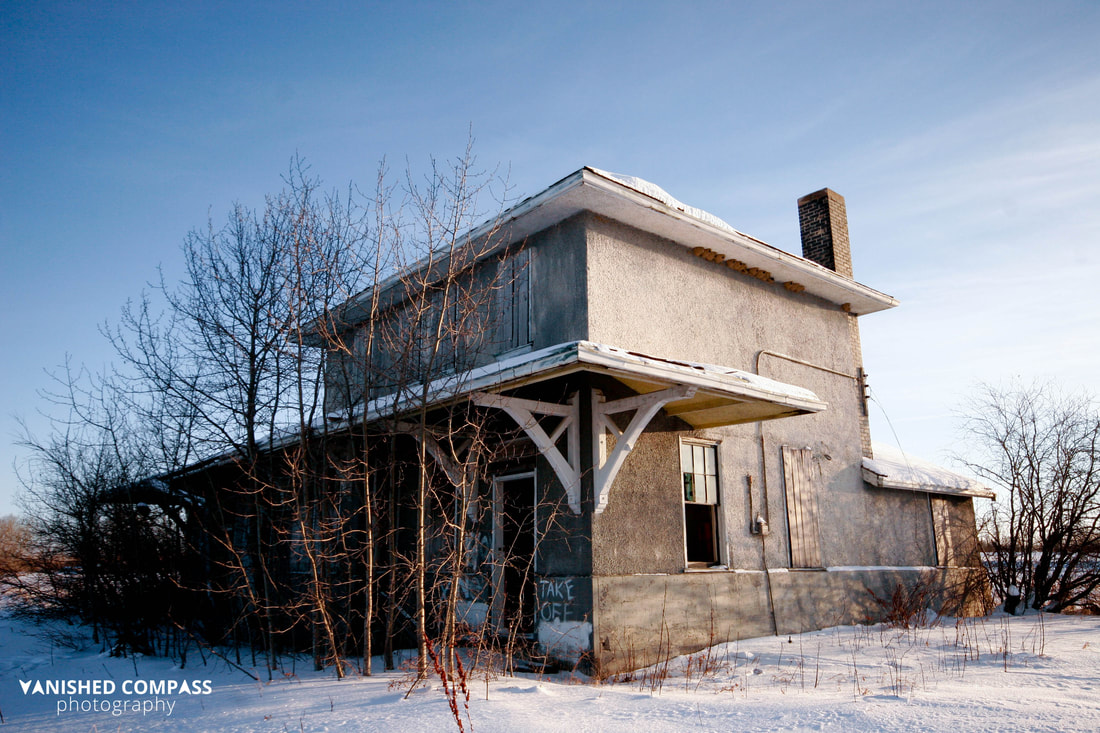
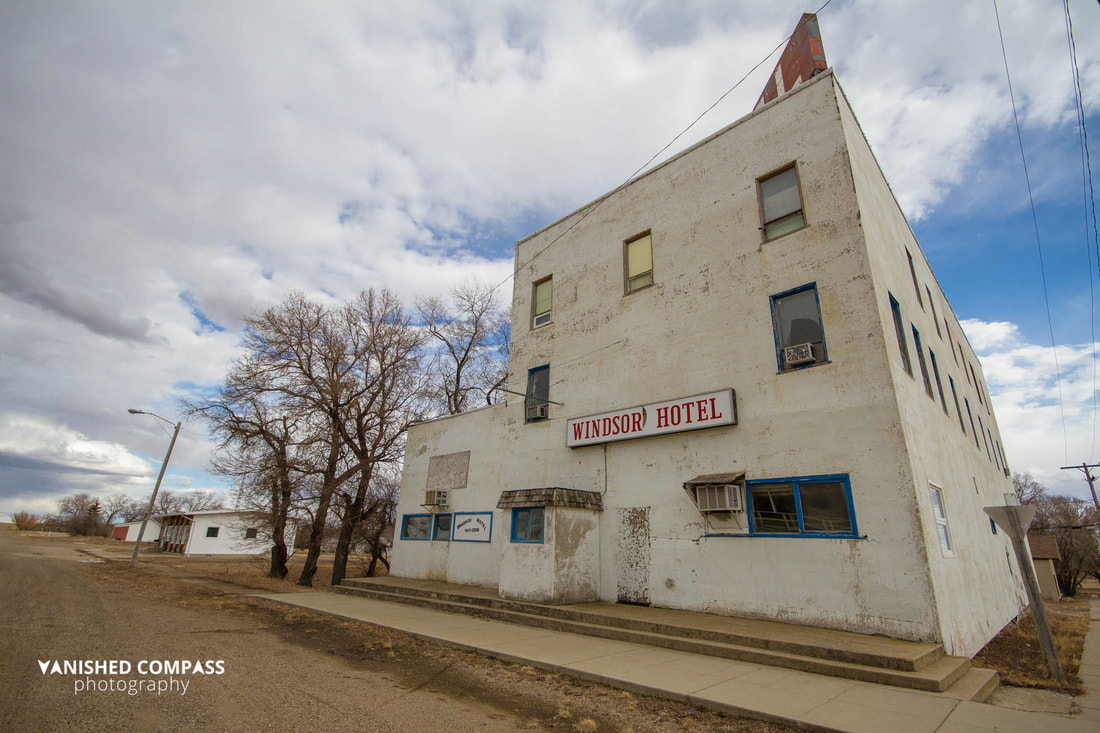


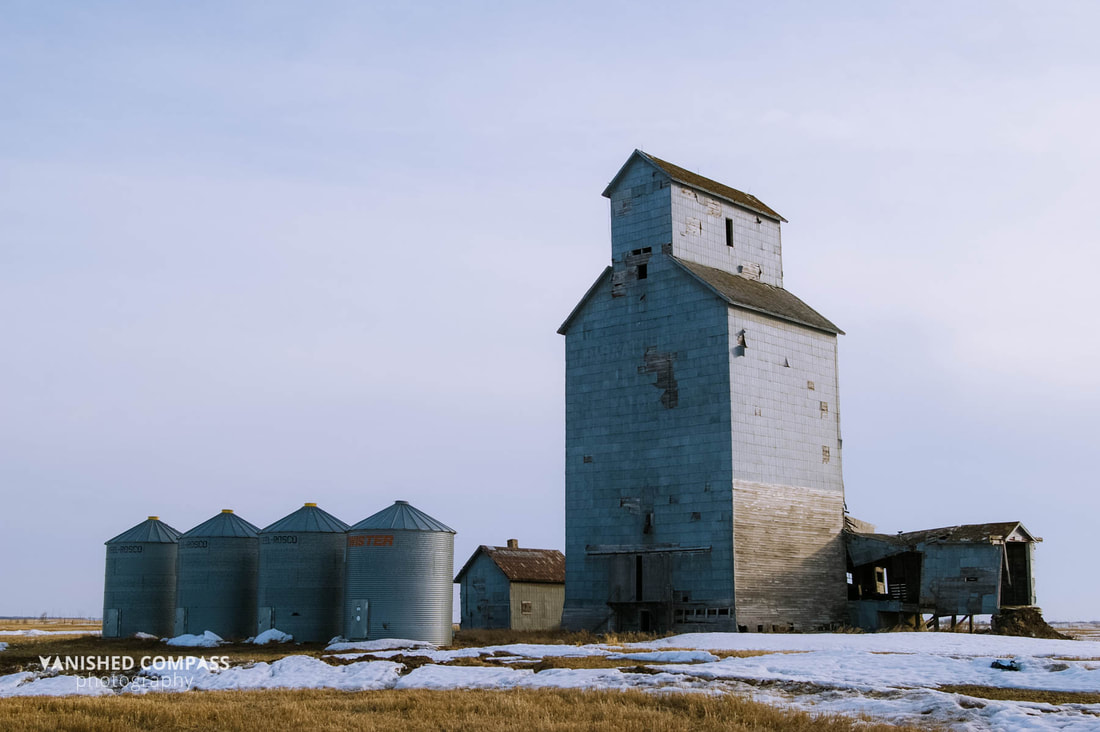





 RSS Feed
RSS Feed